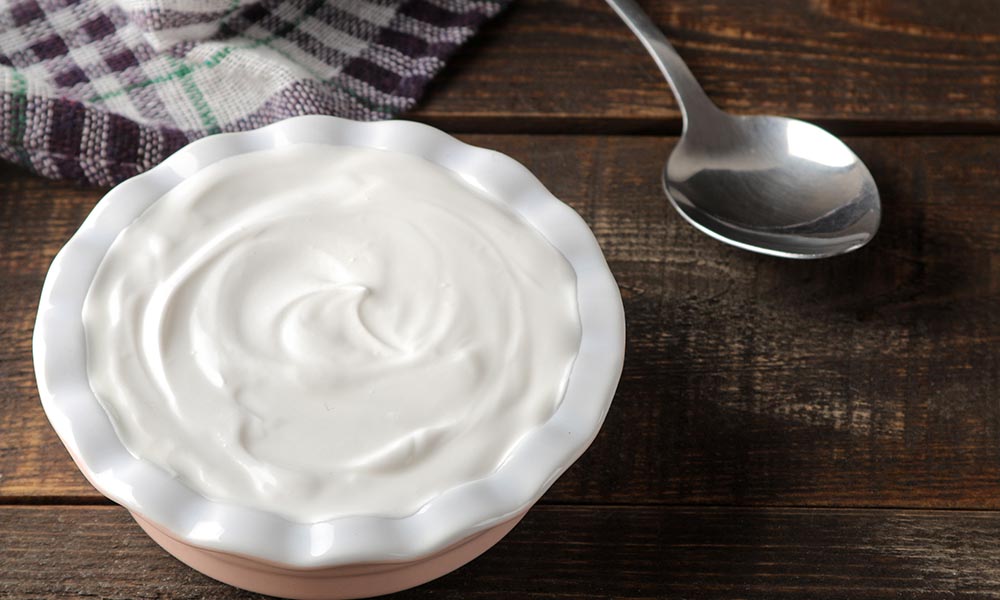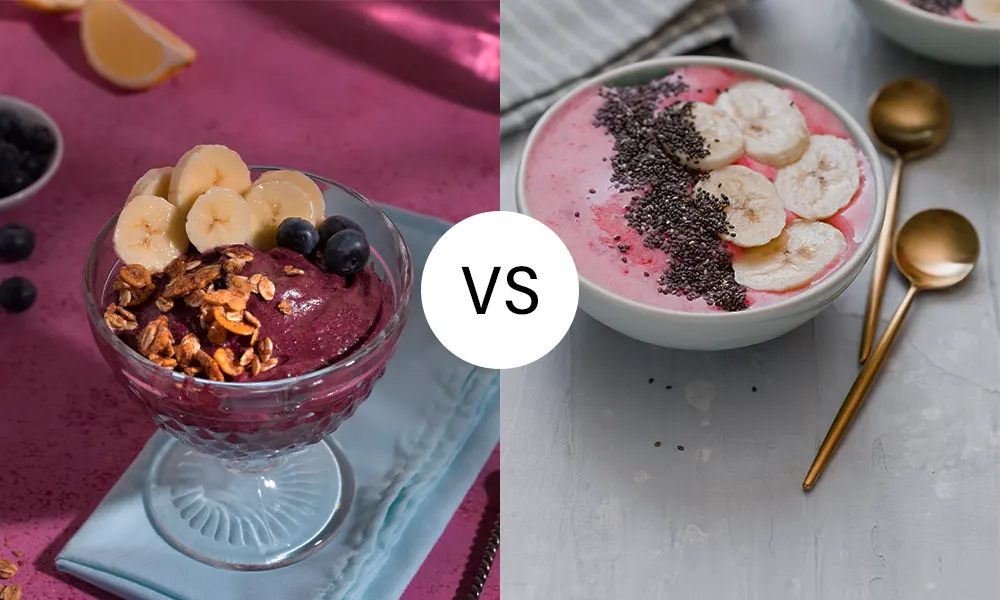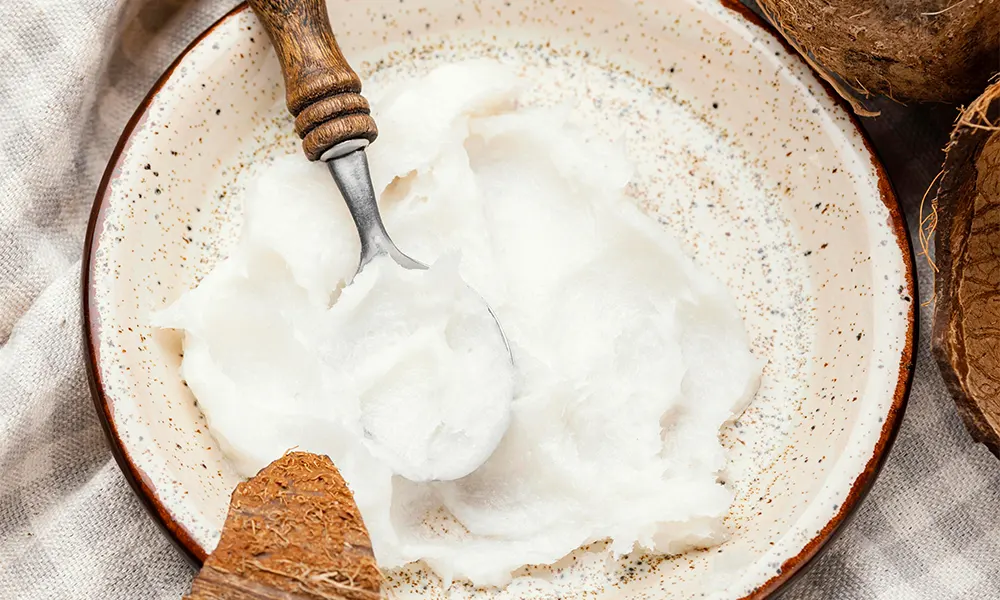Ever opened a pot of yoghurt only to find its thinner than you hoped? It’s a bit of a letdown, right? That dreamy, creamy texture you were looking forward to just isn’t there, and instead, you’re left with something that resembles a milkshake. So, what can you do about it?
Enter the art of how to thicken yoghurt naturally. Whether you’re dealing with homemade yoghurt or a store-bought batch that’s lost its consistency, there are simple and effective techniques to rescue it. In this blog, we’ll dive deep into why yoghurt becomes thin and explore various natural methods to transform it into the spoonable, luscious delight you desire. Let’s get started!
Why is My Yoghurt So Thin?
Before diving into how to thicken yoghurt naturally, it’s essential to understand why it becomes thin in the first place.
- Yoghurt Type: Not all yoghurts are created equal. Greek yoghurt is naturally thicker due to the straining process that removes whey, while regular yoghurt retains more liquid.
- Culture Strength: The bacterial cultures used during fermentation significantly impact the final texture. Weak or insufficient cultures can result in runnier yoghurt.
- Temperature Fluctuations: Improper storage or fermentation temperatures can affect the consistency, often leading to thinner yoghurt.
- Over-whisking: Stirring yoghurt too much can break down its structure, making it more liquid-like.
Understanding these factors can help you choose the best approach to solve the issue and master the art of how to thicken yoghurt naturally.
The Straining Method: A Classic Approach
Straining yoghurt is one of the most traditional and effective ways to achieve a thicker, creamier consistency. It’s a method that has stood the test of time, offering a natural solution for those wondering how to thicken yoghurt without altering its flavour or adding unnecessary ingredients. By simply removing the liquid whey, you can transform runny yoghurt into a rich, spoonable delight reminiscent of Greek yoghurt or labneh.
Why Straining Works
Whey is the watery component of yoghurt that often contributes to a thinner texture. Straining removes this excess liquid, leaving behind a denser, nutrient-rich product that is higher in protein and perfect for use in both savoury and sweet dishes.
How to Strain Yoghurt: A Step-by-Step Guide
- Prepare the Setup: Start by lining a colander with several layers of cheesecloth or a fine-mesh sieve. Place the colander over a large bowl to collect the whey. If you don’t have cheesecloth, a clean, thin kitchen towel works as a substitute.
- Pour in the Yoghurt: Gently transfer the yoghurt into the prepared colander. Avoid overloading it; strain in batches if necessary to ensure effective draining.
- Let it Drain: Cover the setup with plastic wrap or a clean kitchen towel to prevent contamination. Place it in the fridge and let gravity do its work for 4–6 hours. For an ultra-thick texture, let it strain overnight.
- Check the Consistency: After the desired time, remove the strained yoghurt from the cheesecloth and transfer it into an airtight container for storage. Don’t discard the whey; it’s packed with nutrients and can be used in smoothies, soups, or bread-making.
Benefits of the Straining Method
Straining is ideal for achieving a Greek-style yoghurt consistency without adding thickeners or heat. It’s a foolproof, hands-off method that works beautifully to thicken yoghurt naturally. Plus, the process is customisable; the longer you let it drain, the thicker your yoghurt becomes.
The Cooking Method: Gentle Heat for a Creamy Consistency
Cooking yoghurt to reduce its moisture is another effective way to achieve a thicker texture. This method works well for those who enjoy a hands-on approach and prefer a slightly concentrated flavour. By gently simmering the yoghurt, you encourage evaporation of the water content, leaving a thicker, more luxurious product behind.
Why Use Heat to Thicken Yoghurt?
Heating yoghurt not only thickens it but also helps intensify its natural tanginess. This method is especially useful for those who want to control the texture without relying on straining or additives.
How to Use Heat to Thicken Yoghurt
- Pour and Heat: Transfer your yoghurt into a heavy-bottomed saucepan. The thicker the base, the less likely it is for the yoghurt to scorch.
- Constant Stirring: Place the saucepan over low heat and stir continuously using a wooden spoon or silicone spatula. This prevents the yoghurt from sticking to the pan or curdling.
- Monitor the Texture: As the yoghurt heats, you’ll notice it thickening. Keep stirring and check the consistency every few minutes. Be patient—this process requires gentle heat and constant attention.
- Cool and Store: Once you’ve reached your desired thickness, remove the yoghurt from heat and let it cool completely. Transfer it to an airtight container and refrigerate.
Pro Tips for Success
- Avoid boiling the yoghurt, as high heat can alter its flavour and texture.
- Use this method for small batches of yoghurt to ensure even thickening.
- If you prefer a silky texture, whisk the cooled yoghurt before serving.
Cooking your yoghurt to thicken it naturally is a great option for those who want a creamier consistency while preserving its wholesome qualities.
Adding Natural Thickening Agents
Adding natural thickeners is a quick and convenient way to transform thin yoghurt into a rich and luscious treat. This method is particularly appealing for those who may not have the time to strain or heat yoghurt. By introducing ingredients that absorb moisture or enhance creaminess, you can effortlessly tackle the question of how to thicken yoghurt.
Best Natural Thickening Agents for Yoghurt
- Chia Seeds: These tiny, nutrient-packed seeds can absorb up to 12 times their weight in liquid, making them perfect for thickening yoghurt. Stir in a tablespoon or two, let it sit for 15–20 minutes, and enjoy a pudding-like consistency.
- Flaxseed Powder: Ground flaxseeds offer similar benefits to chia seeds, with the added bonus of a mild, nutty flavour. Mix a teaspoon into your yoghurt and allow it to rest for a few minutes.
- Powdered Milk: Adding a few teaspoons of powdered milk to your yoghurt increases its protein content while enhancing its creaminess. Stir well to ensure even distribution.
- Gelatine or Agar-Agar: For a firmer, custard-like texture, dissolve gelatine or agar-agar in warm water and mix it into your yoghurt. Let it chill in the fridge to set.
How to Choose the Right Thickener
Each thickener has unique properties, so your choice depends on your texture preference and dietary needs. For instance, chia seeds add fibre and omega-3 fatty acids, while powdered milk increases protein without altering the flavour.
Summing Up
Learning how to thicken yoghurt naturally is an art that combines patience, experimentation, and technique. Whether you prefer straining, gentle heating, or using natural thickening agents, the key is to find the method that works best for your needs.
Ready to elevate your yoghurt game? Let Yo Hayo guide you to creamy perfection. For more tips and expert advice, contact us today. We’re here to help!
FAQs
1. Can I use yoghurt thickened naturally in baking?
Yes, yoghurt thickened naturally works wonderfully in baking. Its creamy texture enhances the richness of baked goods like cakes, muffins, and bread. Strained yoghurt, similar to Greek yoghurt, can replace sour cream or buttermilk in recipes. Keep in mind that the tangy flavour of yoghurt might subtly affect the taste of your dish, so it’s best suited for recipes where a slight tang is welcome. Thickened yoghurt is also less likely to curdle during baking, making it a great choice for creamy, consistent results.
2. How does the thickness of yoghurt affect its nutritional value?
Thicker yoghurt often has a higher concentration of nutrients like protein and calcium since straining or reducing removes excess liquid (whey). However, it can also lead to a slight increase in calorie density. Methods like straining or adding natural thickeners won’t introduce unhealthy additives, ensuring you retain the health benefits of yoghurt. For those focused on weight management, thickened yoghurt is a great choice as it enhances satiety without unnecessary ingredients. Always opt for low-fat or unsweetened varieties if you’re calorie-conscious.
3. Can I reuse the whey drained from yoghurt?
Absolutely! The whey you strain from yoghurt is nutrient-rich and can be repurposed in various ways. Use it as a liquid base for smoothies, soups, or baking to add a subtle tang and boost protein content. Whey can also tenderise meat in marinades or serve as a substitute for buttermilk in recipes. If you’re into gardening, diluted whey makes an excellent natural fertiliser for acid-loving plants. By reusing whey, you maximise the nutritional value of your yoghurt-making process while reducing food waste.
4. Why does my thickened yoghurt separate over time?
Separation is natural and occurs as whey continues to release from the yoghurt. This happens even after using methods to thicken yoghurt, especially if stored for extended periods. To minimise separation, store thickened yoghurt in an airtight container and avoid stirring it excessively. If separation does occur, you can either stir the whey back into the yoghurt or strain it further for a thicker texture. Proper storage and minimal handling will help maintain the desired consistency for longer.
5. Is there a way to thicken yoghurt without affecting its taste at all?
Yes! The straining method is the best choice for thickening yoghurt without altering its taste. Since it simply removes whey, the flavour remains intact, and the texture becomes creamier. Avoid using additives like powdered milk or cornflour if you’re concerned about changing the flavour. Additionally, gentle heating can thicken yoghurt without impacting its taste, provided you don’t overheat it. With the right technique, you can enjoy a thickened yoghurt that retains its natural, delicious taste.





